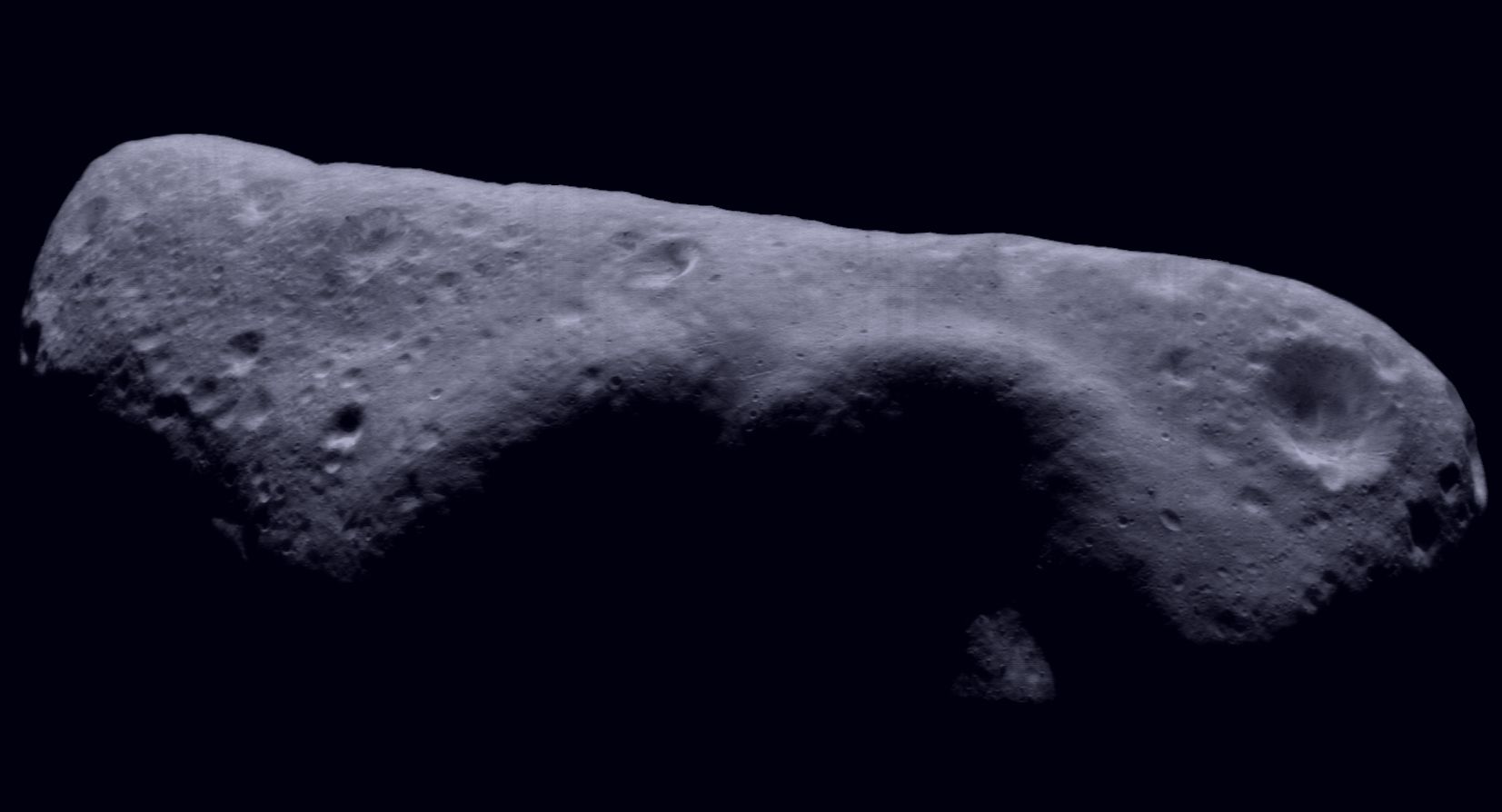| Solar System Dynamics Group |
 |
(29075) 1950 DA |  |
| Solar System Dynamics Group |
 |
(29075) 1950 DA |  |
Asteroid (29075) 1950 DA was discovered on February 23, 1950 by Carl A. Wirtanen at Lick Observatory. It was observed for 17 days and then lost for half a century. An object discovered on December 31, 2000 and provisionally designated as 2000 YK66 was next recognized as 1950 DA. Asteroid 1950 DA made a close approach to the Earth in 2001 coming to within 7.8 million km. Radar image taken at the Goldstone and Arecibo observatories from March 3 to 7, 2001 (0.052 au; 22 lunar distances) showed that the asteroid has a mean diameter of 1.1—1.4 km. It will approach near to the Earth on March 16, 2880. The next opportunity for radar observations is in 2032.
Orbital elements of impact orbit for two dates (equ. J2000)
| Epoch [TT] | a [AU] | e | i [deg] | Ω [deg] | ω [deg] | M [deg] | rms | |
|---|---|---|---|---|---|---|---|---|
| dev/σ |
20120930 28800309 |
1.698215453 3.10 1.702704369 |
0.508285339 0.11 0.513497794 |
12.1747983 6.12 11.1320673 |
356.7280622 3.35 344.9713046 |
224.6135089 -0.25 239.0664903 |
64.1562062 -8.90 337.9995357 |
0″.36 |
Impact date: 2880 03 16.989 (UT) Vimpact= 17.841 km/sec Ψimpact = 2°.64